If the number 11 is your lucky number, you definitely must visit Solothurn.
We took the train from Interlaken West to Bern where we changed to a regional train straight to Solothurn.
Solothurn is located in the north-west of Switzerland on the banks of the Aare and on the foot of the Weissenstein Jura Mountains. Solothurn is a town, a municipality, and the capital of the canton of Solothurn.
The town is the only municipality of the district of the same name.
The town got its name from Salodurum, a Roman-era settlement. From 1530 to 1792 it was the seat of the French ambassador to Switzerland. The pedestrian-only old town was built between 1530 and 1792 and shows an impressive array of Baroque architecture, combining Italian Grandezza, French style, and Swiss ideas. The town has eighteen structures listed as heritage sites.
Agriculture, once the dominant sector of employment, has become almost non-existent. Most people today are employed in manufacturing and education.
The official language of Solothurn is (the Swiss variety of Standard) German, but the main spoken language is the local variant of the Alemannic Swiss German dialect.
In Solothurn, they are a little obsessed with the number 11.
The adoption of the number 11, or “elf” in German, was the townsfolk's tribute to their saviors, or so the tall tale goes. A far more reasonable explanation is the number's biblical connotations, with many Solothurn inhabitants deeming 11 to be a “holy” number and prophetic.
Earlier the town had, among other things, 11 guilds, 11 portals, 11 towers, 11 bastions, 11 public fountains, etc. Even today the number 11 is still very much present in Solothurn. For example, there are 11 museums, 11 fountains, 11 chapels, 11 churches, and even a clock that shows only 11 hours. Even the local beer brand is known as “Öufi” (eleven in the local dialect).
This is the first time I have seen the Solothurn clock with 11 hours. The bus stop we took to the Verna Gorge is close by.


The Solothurn clock With its 11-hour dial the Solothurn clock in an original design not only indicates "Solothurn time", but also plays the "Solothurn song" on 11 bells, usually at 11.00, 12.00, 17.00 and 18.00. A special characteristic of the clock is the harlequin which strikes the hours. This beautiful metal sculpture was designed by the artist Paul Gugelmann of Gretzenbach/SO. The project promoter is the family business Trigona AG, Lengnau. The "Solothurn clock" can be seen and admired on the West wall of the UBS branch at Amthausplatz 1 Schanzenstrasse.
“Solothurn is regarded as the finest Baroque town in Switzerland, where Italian grandeur is combined with French charm and German practicality. The so-called “ambassador’s town” is at the southern end of the Jura by the River Aare, about 18 miles (30 km) east of Biel/Bienne.
From the 16th to the 18th centuries, the Catholic town of Solothurn was the residence of the French king’s ambassador. Fine Baroque and Renaissance buildings, such as the noble Palais Besenval, and magnificent religious buildings meet the visitor at every end and turn – the Old Town has eleven churches and chapels and the same number of fountains and towers. Truly magnificent is the St.Urs Cathedral, with an Italian-style staircase in front. Inside are wonderful Baroque stuccos.

The town walls, which are still intact in some places, were built according to the principles of the French military engineer Vauban.
Between the beautiful historic monuments, the patrician buildings and the sturdy fortifications, the traffic-free Old Town is a pleasant place to wander, with lots of small shops and inns.

Solothurn’s Old City couldn’t be more impressive. Romantic little streets, old cobblestones, grand cathedrals the magical number 11 can be found among Solothurn’s sights as well.
Marktplatz
In the Middle Ages, the marketplace was an important hub. People thronged here to purchase food and find out the latest news. Visit ‘Märetplatz’ in Solothurn’s old town today, and you’ll experience the same bustling atmosphere – where the past and present meet. Come see the ‘Zeitglockenturm’ clock tower and wander the stalls of the biweekly market on Wednesdays and Saturdays.


On warm summer evenings, it is very pleasant to sit in the garden restaurants and bars by the Aare.
The town has a range of cultural attractions going far beyond the regional, including the Solothurn Film and Literature Days. The museums range from the History Museum to the internationally acclaimed Natural History Museum, a Museum of Stones, the ENTER PC Museum and Schloss Waldegg, not to mention a collection of sentimental light fiction. Finally, in the “Old Arsenal” is one of the largest weapons collections in Europe.”Children feel perfectly at home in Solothurn. The Natural History Museum is particularly popular with families and a fascinating way of viewing the region’s animal, plant and mineral life. Utterly unique are the 150 million year old fossilized turtles from the quarries of the city, the beautiful starfish from Weissenstein and of course the famous Lommiswil dinosaur tracks.
St. Ursus Cathedral is considered the most significant Swiss building from the early neoclassical period, and was constructed using light-colored Solothurn marble. The cathedral is also full of Solothurn’s magic number 11: three sets of 11 imposing steps lead up to the cathedral; inside, the cathedral has 11 altars; and the tower is 66 m tall (6 x 11) and has 11 bells. The third complete reconstruction of the cathedral took place from 1762 to 1773 according to a design by Gaetano Matteo Pisoni from Ascona – lasting exactly 11 years. Pisoni’s nephew, Paolo Antonio Pisoni, managed the later years of the construction. Eleven bells from the Kaiser foundry in Solothurn (1764–1768) hang behind large acoustic openings. The high altar by Carlo Luca Pozzi echoes the form of a sarcophagus. The cathedral treasure is stored on the ground floor of the tower.
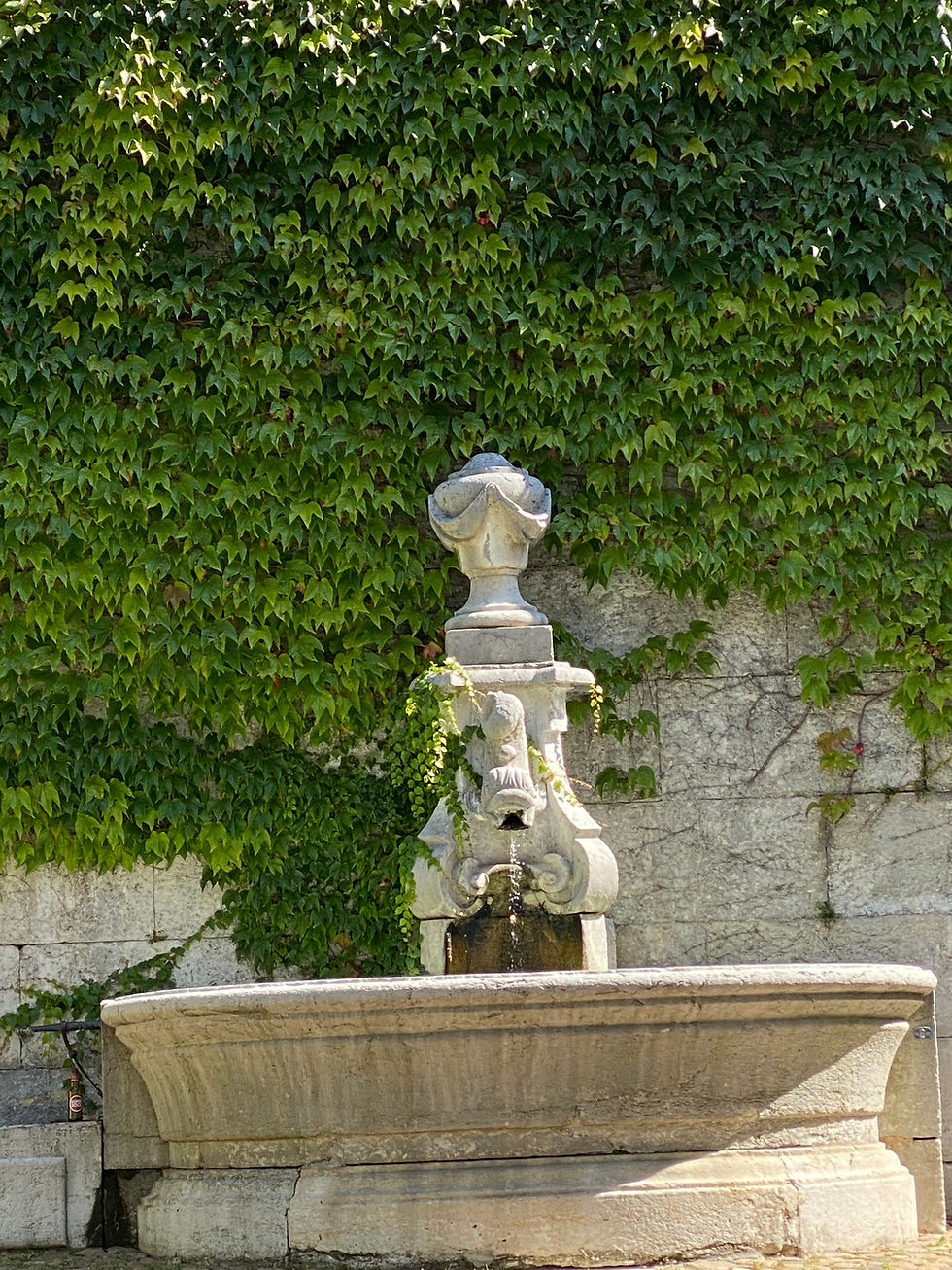










The masterpiece inspired by this magic number eleven is St. Ursus Cathedral, the landmark of Solothurn. Master builder Gaetano Matteo Pisoni from Ascona was so fascinated by the ubiquitous figure in 1762 that he designed the church entirely in line with it. The bell tower measures 6 x 11 meters and houses 11 bells, while the cathedral's 11 altars are simultaneously visible from just one place in the nave – the eleventh black stone. Its kneelers are arranged in rows of eleven and the monumental outer staircase comprises three sets of 11 steps. The number of pipes in the great organ is divisible by 11. True to the theme, the cathedral took 11 years to build (1762 – 1773).















The cathedral is well known for its stations of the cross.










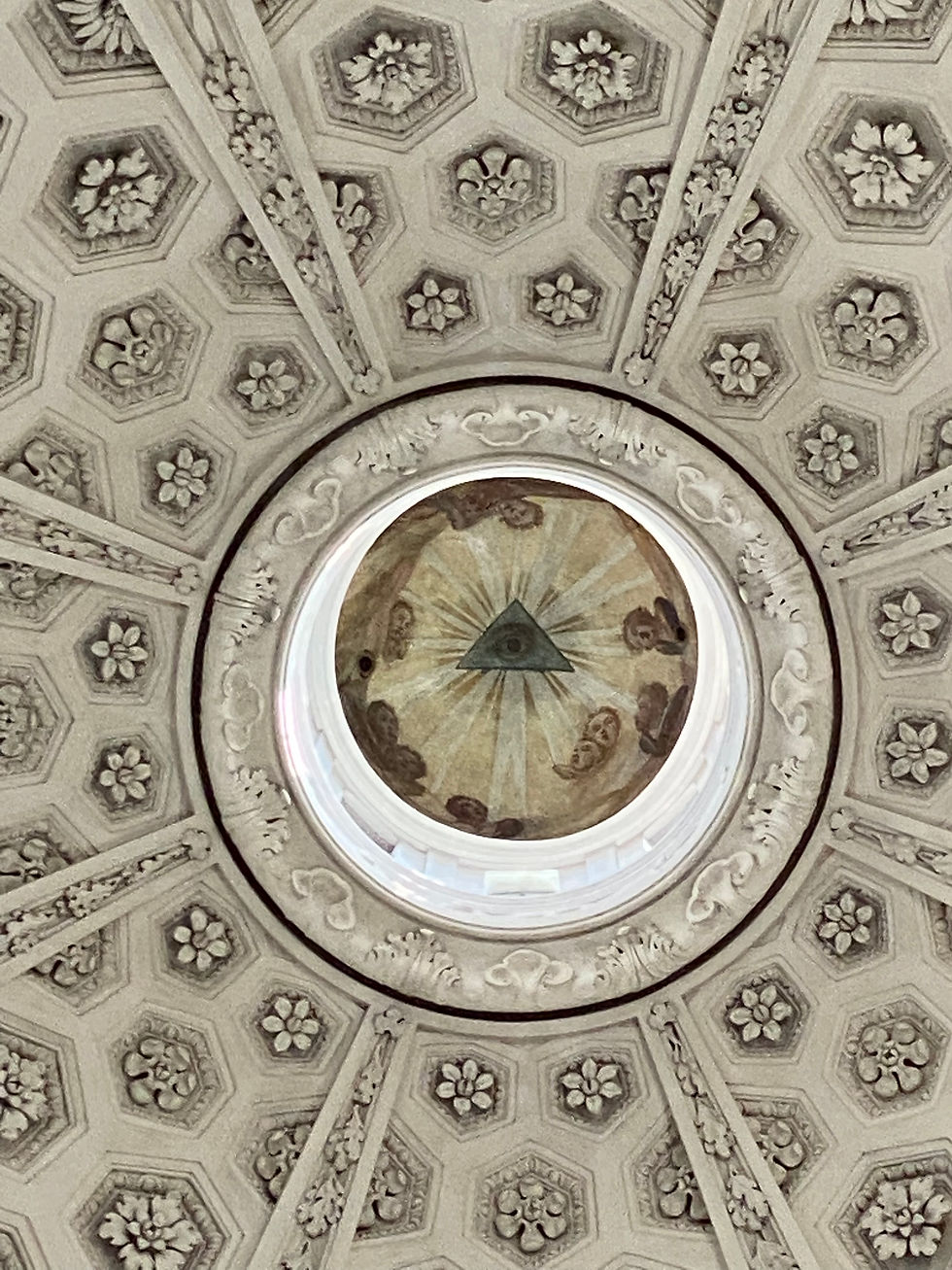

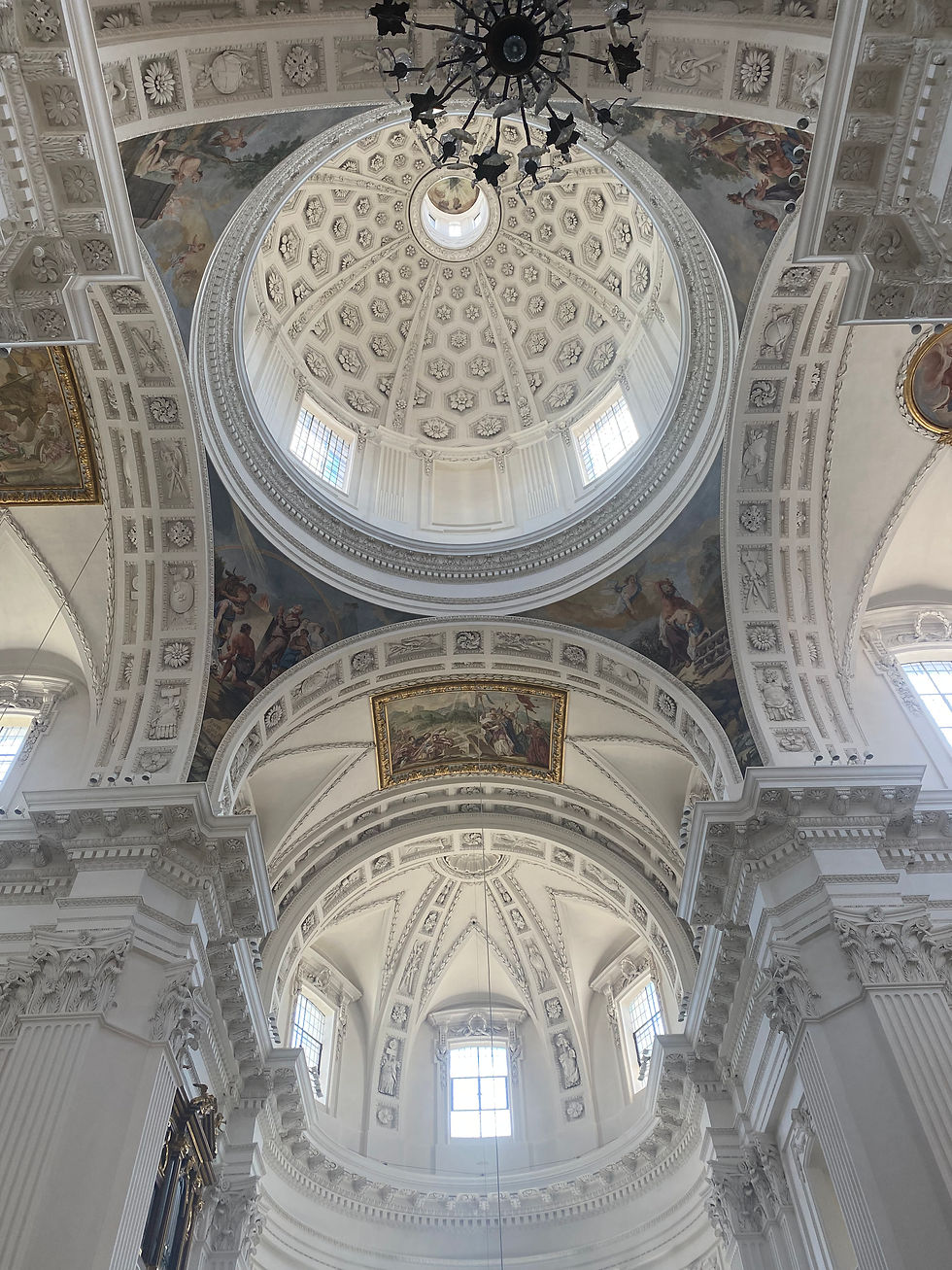












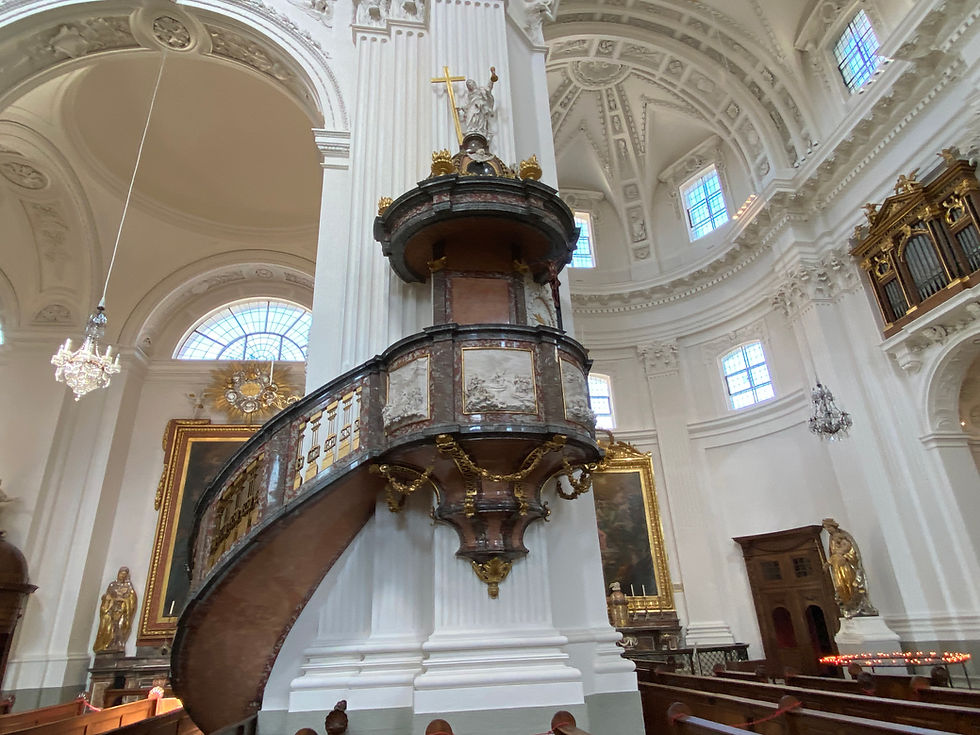

The cathedral treasury contains a large number of artistically outstanding gold and silversmith's works. These are late medieval, Gothic and above all Baroque instruments such as chalices, monstrances and reliquaries; among them are exhibits by famous Augsburg masters; chalice and monstrance by Johannes Jakob Läublin (Schaffhausen); chalice by Hans Peter Staffelbach (Sursee); Chutzechännli by Johann Georg Wirz (Solothurn); globe reliquary by Anton Byss (Solothurn). The large arca with the two head relics of Ursus and Victor is the most important reliquary in the cathedral. Many of these ecclesiastical utensils still adorn the high altar on liturgically important feast days.
In the parament room, paraments from five centuries are kept in wide drawers. They are magnificent, multi-piece vestments with chasubles, dalmatics, chalice vellums, burses, stoles and manipulums, which were donated by important personalities of the city. In addition, richly decorated heiltum tablets are presented. Gaetano Mateo Pisoni, the builder of the cathedral, is portrayed in context, along with written documents from the period.
I lit five candles for family and friends.




A very short distance from the cathedral is the Jesuit church.

The Jesuit Church is thought to be one of the most beautiful baroque buildings in Switzerland, and St. Peter’s Chapel features post-gothic design with lancet windows and a chancel closed on three sides.

A monument to the great Christian king's bounty





It was built between 1680 and 1689 according to the principles of the master builders of the Vorarlberg region. It is designed as a unified baroque space and features incredible Italian-style stucco. The high altar is made of marbled wood and shows an image of the Assumption of Mary by Franz Carl Stauder.

















I lit candles for family and friends







Many concerts are held in the churches. The acoustics must be amazing!

The 11 churches and chapels of Solothurn are well worth a visit. The impressive St. Ursus Cathedral is a significant landmark. The Jesuit Church is thought to be one of the most beautiful baroque buildings in Switzerland, and St. Peter’s Chapel features post-gothic design with lancet windows and a chancel closed on three sides.
The Clock Tower is the oldest building in Solothurn.
The city’s oldest building was constructed in the early 13th century. The bell ringer in the tower strikes the bell with a large hammer. Beneath the little canopy, the three symbolic figures of the knight, the king and the skeleton perform every hour. The large astronomical clock was built by Lorenz Liechti and Joachim Habrecht in 1545, and displays the day, the month and the year.

Solothurn's clock tower. The town's oldest construction came into being at the beginning of the 13th century; commencing with the clock floor in 1467 and later in 1545 creation of the astronomical clock movement and famous astronomical clock face. The large astronomical clock announces the hour, day, month and year. Below is a group of figures: knight, death, and in the middle a seated king with fools' cap - and since 1545 the grim reaper turns his time-glass on the hour, nodding with his bald head in the direction of the knight (powerful symbol of life) as sign that "the time is up". The works were constructed by Lorenz Liechti and Joachim Habrecht. Below, the city's two patrons Urs and Viktor from the year 1583.









Solothurn's clock tower. The town's oldest construction came into being at the beginning of the 13th century; commencing with the clock floor in 1467 and later in 1545 creation of the astronomical clock movement and famous astronomical clock face. The large astronomical clock announces the hour, day, month and year. Below is a group of figures: knight, death, and in the middle a seated king with fools' cap - and since 1545 the grim reaper turns his time-glass on the hour, nodding with his bald head in the direction of the knight (powerful symbol of life) as sign that «the time is up». The works were constructed by Lorenz Liechti and Joachim Habrecht. Below, the city's two patrons Urs and Viktor from the year 1583.
The Basel Gate is a masterpiece of fortification at the city's eastern entrance.The Basel Gate was part of the former city fortifications of Solothurn. Before that, Solothurn had an oak gate at the eastern exit of the city, where Hans Roth foiled the night of the murder of Solothurn on November 10, 1382. After the Swabian War, master craftsman Hans Gibelin replaced the wooden oak gate at the eastern entrance to the city with the Basel Gate in 1504. The Basel Gate is made of Solothurn stone (Jura limestone). Together with the Tower of the Cathedral St. Urs, the mighty gate forms a magnificent architectural ensemble.


Originally built in 1543, the walls of the Burris Tower, Burristurm, have served as a backdrop for art and culture since the 1970s. Initially, the tower acted solely as a location for stage events and a launch pad for debut performers. But the project, then called ‘Kleintheater Muttiturm’, soon became a popular cabaret venue. Today, the Burris Tower is known as the ‘Kulturm’ (culture tower) and offers flexible spaces across four levels for various different event types. It represents a key pillar of Solothurn’s cultural scene.


You are never too old to play in the water.

A little outside the town is the romantic Verena gorge, a place of mystical power, with its chapel and hermitage, a popular destination for walkers. Hikers and cyclists will find an extensive network of footpaths and 600 km of cycle tracks in the surrounding area and along the Aare. Solothurn is on two national cycle routes: the Mittelland Route and the Aare Route.
The entrance to the Verena Gorge is a pleasant 20–30-minute walk from the center of town. The romantic route takes you through the woods along a babbling brook to the hermitage. The little hermitage building and the Magdalena and Ölberg grottoes are a captivating sight.
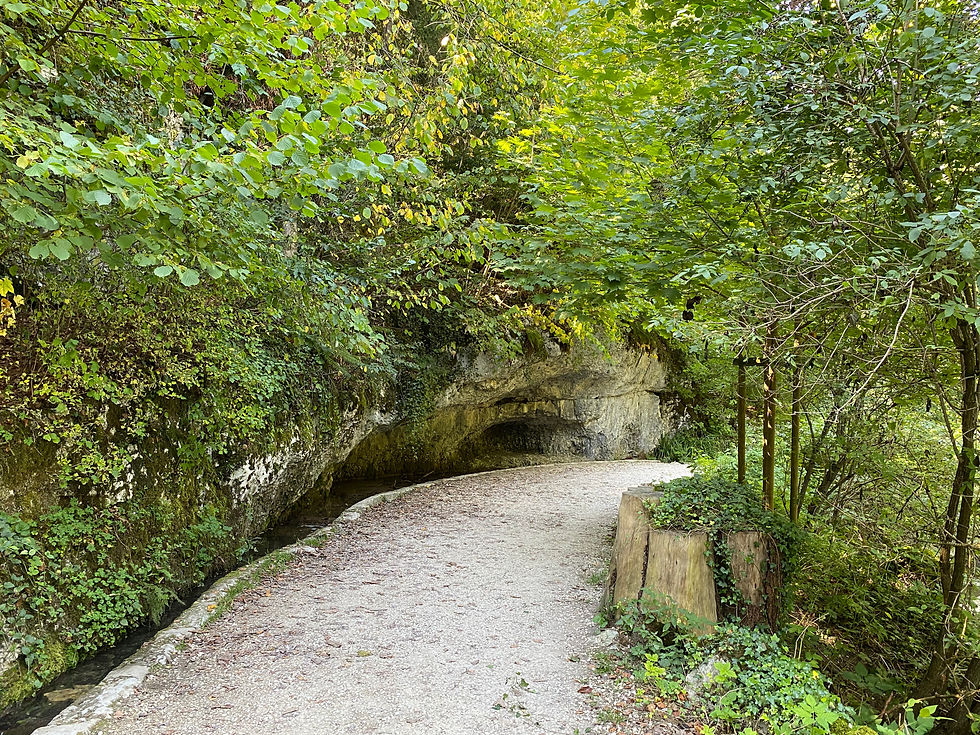














Some people pray the rosary walking through the gorge. Others light candles at the entrance of caves.



A final resting place











There is still a hermit living there to this day and we did see him.




The name of the hermitage alludes to Saint Verena. She is said to have passed near the area, and lived in a cave near Solothurn.

Lit more candles for family and friends


The hermitage has been in existence since the 17th century. The site features stations of the cross dating from 1613 that were restored around 1990 by the Society of St. Verena Hermitage. The society was founded in 1810 and disbanded in 1813. A similar gesellschaft corporation was established in the late 20th century dedicated to restoration and maintenance work on the buildings and monuments of the Hermitage and its surroundings. It organizes cultural events such as guided tours, lectures and exhibitions in the Verena gorge, also offering meditations in the hermitage.
The site is situated along a 1.2 mile (2 km) hiking trail, with a 131 ft. (40 m) gradient.








Another warm day comes to a close.

Comments